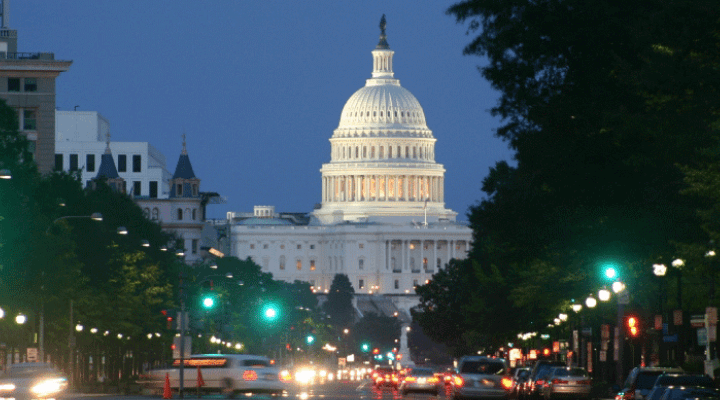This week the Partnership for Public Service and Deloitte would release its annual Best Places to Work in Federal Government. Those fortunate enough to be working at the best places can gloat. Those working at the not-so-best places can sulk. And those job searching can do so with a bit more intel into which agencies might be the best fit for them. Let’s take a look at the winners and losers.
WHO SAYS?
The people closest to federal service, that’s who. Best Places to Work data represents the collective perspectives of nearly half-a-million federal employees with various amounts of experience in government across close to 400 agencies (yes, there’s that many places to work in government). Besides perhaps serving as way for government employees to migrate from the worst to the best or look for opportunities to make big positive changes by diving head first into agencies that need help, Partnership for Public Service claims that the report serves as “a mechanism to hold agency leaders accountable for the health of their organizations; serve as an early warning sign for agencies in trouble; and offer a roadmap for improvement.” As a government employee myself, I can attest to the fact that at least federal leadership listens to these reports (the annual Federal Employee Viewpoint Survey, released last November, is another) and take seriously both its criticisms and either implicit or explicit recommendations.
WHO’S ON TOP
Among large agencies, the National Aeronautics and Space Administration (NASA) remains in the stratosphere, and it’s getting higher with a substantial 2.5 point rise since just last year. Drafting on NASA at number two is the Department of Commerce, at number four the Department of State, and at number five the Department of Health and Human Services. Number three? The Intelligence Community places second, slipping slightly.
Among midsize agencies, the Federal Deposit Insurance Agency’s on top. It’s good to see that the Peace Corps is tied for second with the Government Accountability Office. Fourth and fifth belong to the Federal Energy Regulatory Commission and the Federal Trade Commission, respectively. National Endowment for Arts, the Overseas Private Investment Corporation, the Office of Management and Budget (OMB), the Federal Mediation and Conciliation Service, and the Federal Labor Relations Authority top the small agencies.
ATLASES SHRUG
If it wasn’t for those on the bottom, there wouldn’t be a top. And since working anywhere in federal government has huge advantages, even the apparently least preferable agencies have their advantages. The good news is that four of the five of the large agencies on the bottom are experiencing notable improvement. In last place, the Department of Homeland Security saw a respectable 2.7 point jump. Political punching bag Department of Veterans Affairs climbed 1.6 points despite years of body blows (what doesn’t kill us makes us stronger). The Department of the Army creeped up nearly one point, and Treasury saw a modest 1.3 point gain. Fifth from the bottom, the Department of Air Force, is losing altitude with a descent that started last year. Air Force was flying high back in 2003 at FL75-100 (upper quartile 75—100 percent) and above. Since then, there’s been a pretty steady descent. Air Force has hovered below the median for eight of the past 10 reports, dipped to the lower quartile now twice, and got just above the median clouds only once, back in 2007.
Among midsize agencies, there’s an incremental increase similar to the tail end of the large agencies. Four of the five on the bottom saw improvement. In fact, the National Archives and Records Administration saw an astonishing 6.3 point jump, and the Department of Housing and Urban Development saw a similar nearly 6 point leap. In the coming years, we can expect that the Small Business Administration will build on this year’s 3 point increase now that former WWE professional wrestling (yes, it’s real) executive Linda McMahon is in charge. The Broadcasting Board of Governors, on bottom among the midsize agencies, slipped another .6 points. Finally, the Federal Election Commission plummeted a remarkable 6.6 points, in last place among small agencies.
With the President’s new cabinet secretaries coming online, the 2016 report is a benchmark, and the 2017 report a year from now will inarguably be a report card on their leadership.
Let’s watch.




